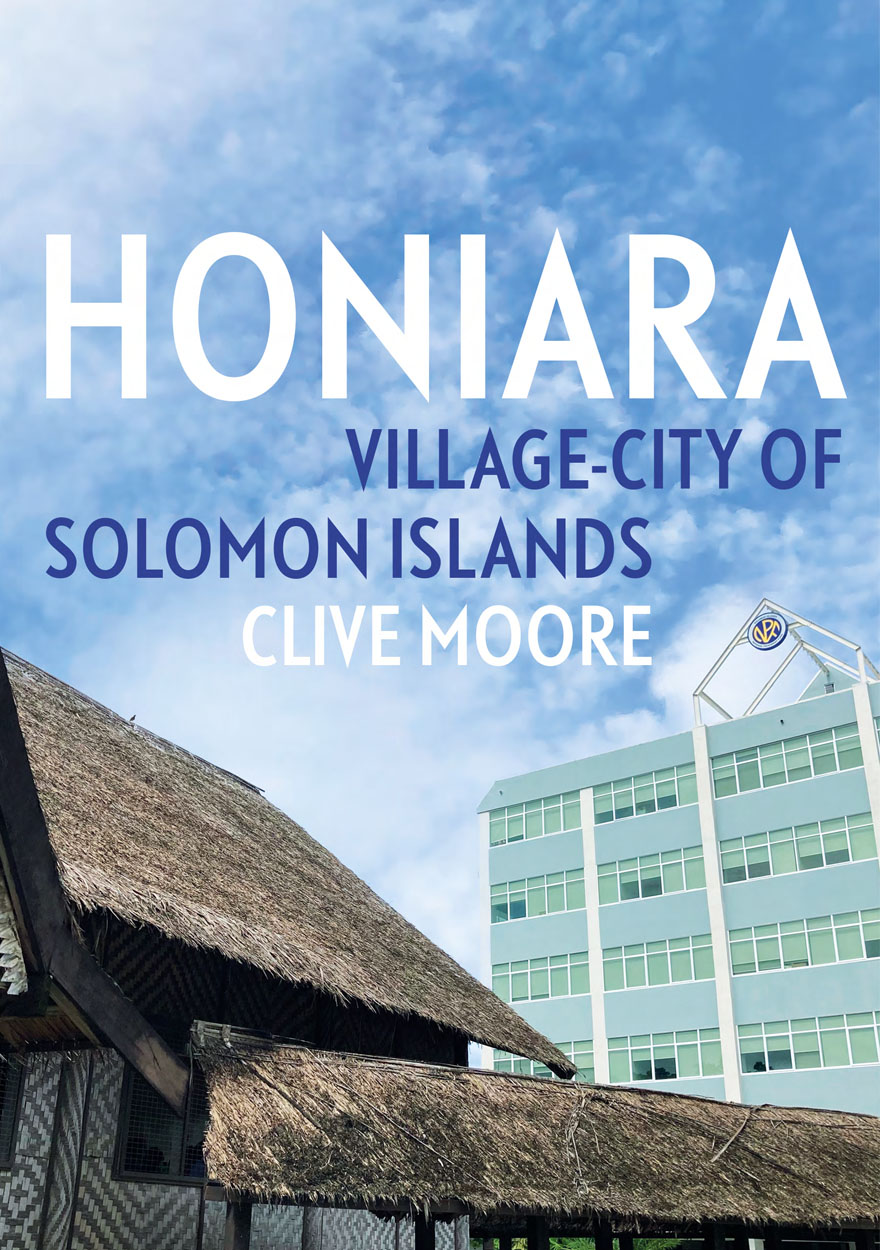Clive Moore
Clive Moore is an Emeritus Professor at the University of Queensland. In 2005, he received a Cross of Solomon Islands for historical work on Malaita Island. He was inaugural president of the Australian Association for Pacific Studies (2006–10) and was made a Fellow of the Australian Academy of Humanities in 2010. He has written extensively on Australian South Sea Islanders, New Guinea and Solomon Islands. His recent major publications are Solomon Islands Historical Encyclopaedia, 1893–1978 (2013), Making Mala: Malaita in Solomon Islands, 1870s–1930s (2017), and Tulagi: Pacific Outpost of British Empire (2019).

Honiara »
Village-City of Solomon Islands

Tulagi »
Pacific Outpost of British Empire




